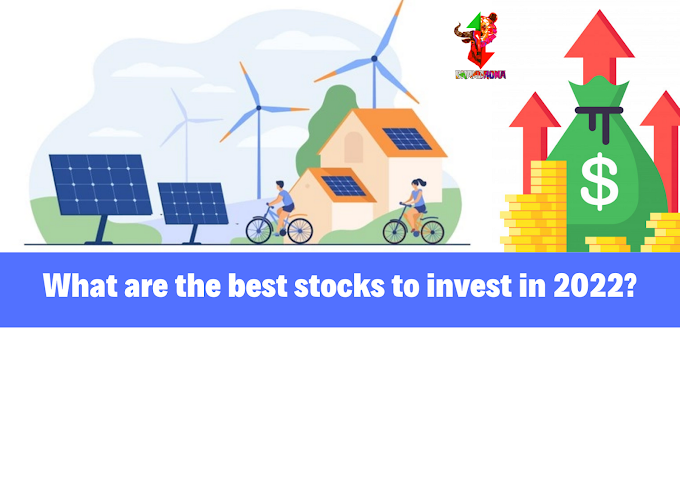Union finance minister Nirmala Sitharaman, while launching the National Monetisation Pipeline, said, "It talks about brownfield assets where investment is already being made, where there are assets either languishing or not fully monetised or under-utilised."
The government on Monday unveiled a four-year National Monetisation Pipeline (NMP) worth an estimated Rs 6 lakh crore. It aims to unlock value in brownfield projects by engaging the private sector, transferring to them revenue rights and not ownership in the projects, and using the funds so generated for infrastructure creation across the country.
The NMP has been announced to provide a clear framework for monetisation and give potential investors a ready list of assets to generate investment interest. The government has stressed that these are brownfield assets, which have been “de-risked” from execution risks, and therefore should encourage private investment. Structuring the monetisation transactions, providing a balance risk profile of assets, and effective execution of the NMP will be key challenges.
Here is everything you need to know about the NMP scheme:
- According to the government vision, NMP is envisaged to serve as a medium-term roadmap for identifying potential monetisation-ready projects, across various infrastructure sectors.
- The NMP has been prepared after insights, feedback and experiences consolidated through multi-stakeholder consultations undertaken by Niti Aayog, the finance ministry and infrastructure line ministries.
- For now, the government has only included the assets of infrastructure line ministries and CPSEs working in the infrastructure sectors. Monetisation through disinvestment and monetisation of non-core assets have not been included in the NMP.
- The framework for monetisation of core asset monetisation has three key imperatives: Monetisation of rights not ownership (this means the assets will have to be handed back at the end of transaction life, brownfield de-risked assets and stable revenue streams, and structured partnerships under defined contractual frameworks with strike KPIs and performance standards.
- Considering that infrastructure creation is inextricably linked to monetisation, the period for NMP has been decided so as to be co-terminus with balance period under National Infrastructure Pipeline (NIP).
- Sitharaman said that NMP will create employment opportunities, thereby enabling high economic growth and seamlessly integrating the rural and semi-urban areas for overall public welfare.
- The NMP report has been organised in two volumes which were released today in the presence of Vice Chairman (Niti Aayog), CEO (Niti Aayog), and secretaries of infrastructure line ministries. While the first volume is structured as a guidance book, Volume 2 is the actual roadmap for monetisation.
- The plan is in line with Prime Minister Narendra Modi's strategic divestment policy, under which the government will retain presence in only a few identified areas with the rest tapping the private sector.







Social Plugin